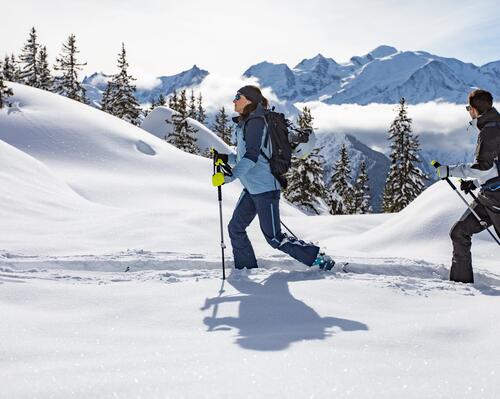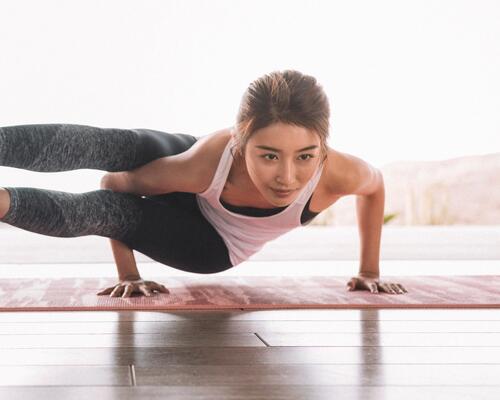What size should I choose?
Finding the right size is essential for optimal performance
Depending on the size and weight of the rider
It’s important to choose a board that is the right size for you. If it’s too short, it may feel antsy. Too long? It might be difficult to control. Basically, the rider’s size and weight will determine the choice of board. It's best to choose one that comes up to your chin. You can also apply the rule of 15-20 cm shorter than your height. You'll also need to consider your weight, including your gear (bindings, clothing, accessories, backpack, etc.).
The heavier you are, the bigger the size board you will need. Conversely, the lighter you are, the smaller your board will be. You will also need to add or subtract 2-3 cm from the board size.
Purpose
Splitboarding is all about earning your turns. It’s escaping the crowds of ski resorts and venturing off the beaten track. It gives you the freedom to access untouched snow. It’s possible to use it on groomed ski resort trails, but it's not its original purpose.














